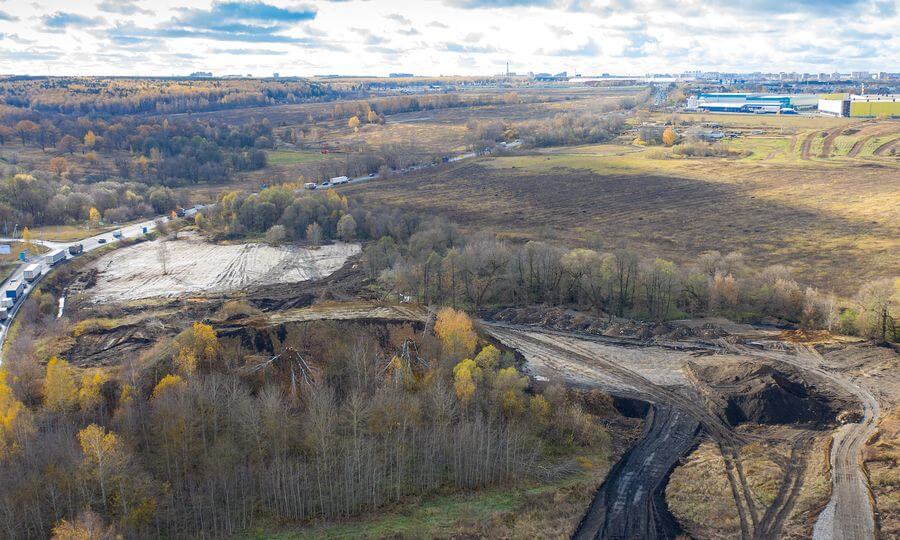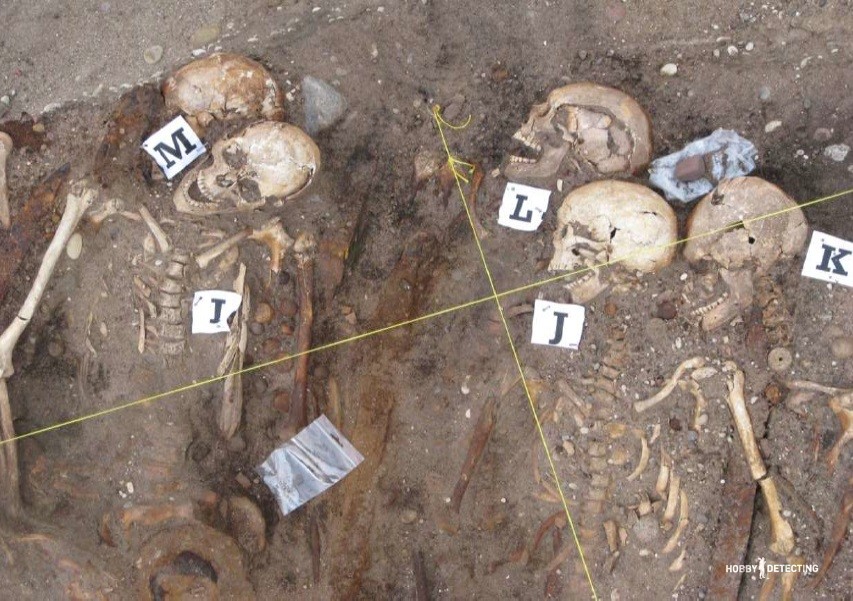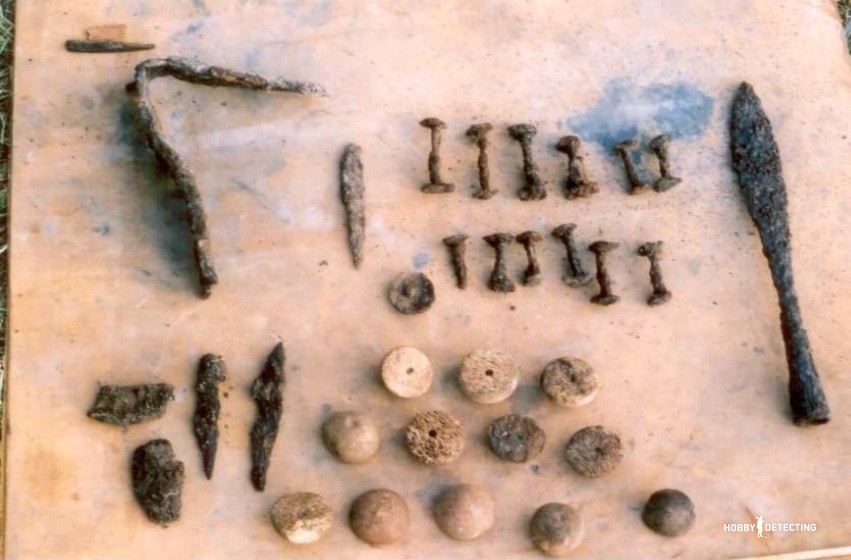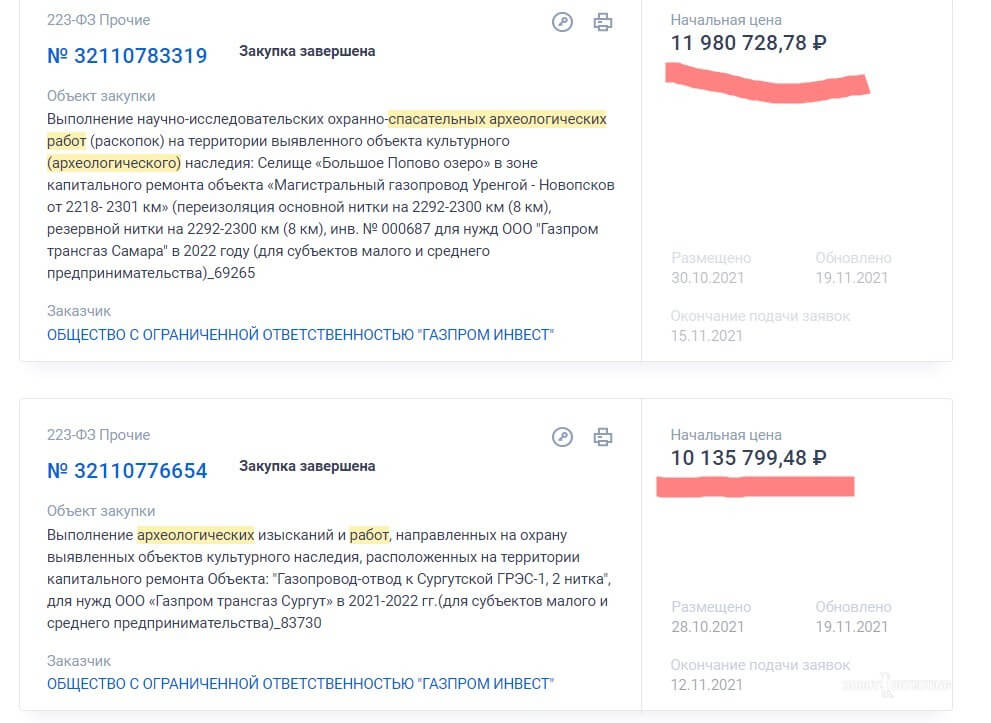Estonia is not Russia. They value their history and are willing to pay that price.
A month ago, an information scandal broke out in the Moscow region. And this case received such wide publicity that the situation was taken under personal control by the Prosecutor General of Russia Igor Krasnov.
Ah, here’s the thing. A small plot of land in the Domodedovo district has a new owner. The plot of land is interesting for trade, right on the edge of a busy highway. Why, the new owner decided to build a construction market there. Construction equipment arrived on site and they began to level the land with a bulldozer. In general, ordinary, normal business activities.

But then, suddenly, it turned out that the plot of land was not a simple one, but that a standard archeological monument was located on it. Local residents noticed this. Immediately, activists made a fuss on social networks, and the official media in general picked up on the matter; the matter turned out to be very noisy. If you are interested in learning more about this, we have a separate note dedicated to this on our channel.
Klim Zhukov about the destruction of the Shcherbinsky settlement. Video analysis and analysis of the current situation
Содержание статьи:
I want, in this note, to analyze the cause-and-effect relationship. How can this even be possible in our country??? Why did this happen, what happened and what can be done to prevent such situations future?

For this reason, I would like to give a very clear example from our neighboring country, Estonia. This example will be more interesting because all Estonian archeology came out of the Soviet scientific school and they have people in key positions and positions who have exactly the same education as our officials and public figures.
And, so, an example of how it is in Estonia.
Salme village, Saarema island, Estonia 2008. The contractor carried out work on laying an Internet cable. Suddenly, bones and pieces of rusty iron appeared from the ground on the dump from the work of the excavator. The excavator operator stopped work and called the foreman. Together they examined the dump and decided to call the Department of Antiquities Protection. There they listened to the builders and said that this was most likely the burial place of Red Army soldiers, since fierce battles took place in those places in 1941-44. Archaeologists gave the phone number of the local search club.

The builders contacted the search engines without any problems and they were on site within a couple of hours. Experts looked at the bones and objects in the dump and concluded that archaeologists should definitely be called in here. As a result, Estonian archaeologists made a world-class scientific discovery on the spot. A unique Viking burial site has been discovered. The dead warriors were buried with honors, weapons and personal belongings in a wooden boat. I won’t go into details of that very scientific discovery, I will only say that, according to the statement of Estonian historians, European archaeologists had never found anything like it until that moment.

It is also worth noting that the Estonian Antiquities Protection Department paid that same excavator operator a bonus of one thousand euros. And all archaeological work was carried out within two weeks from the moment the object was discovered and at public expense.

If anyone is interested in learning more about this story, follow the link
Nakhodka — Viking ship with crew in Salma, Estonia
And now let’s return to Russia.
We have a law according to which, when carrying out excavation work, if traces of an archaeological site are discovered, a construction organization is obliged to suspend all work and report the discovery of traces of an archaeological site to the local authority for the protection of cultural heritage sites.< /p>
So, why, at the Shcherbinskoye settlement, the excavator operator, foreman or owner of the land plot were in no hurry to report the presence of obvious traces of the cultural layer. Because in this case, archaeological rescue work in our country must be paid by the owner of the land plot or the contractor who signed up for the excavation work.

Yes, that’s exactly it and no other way. Even if something out of the ordinary, incredible and historically important is discovered there, until the owner pays for the work, archaeologists will not come to the site.
We have already written about how it looks in reality in our blog.
Archaeological heritage of Russia??? Who needs it…
So, let’s continue to follow the logic. The cost of rescue work varies depending on the volume of work and the area of the identified archaeological site. And, these are amounts ranging from from one to two hundred million rubles. I repeat again and again, money for archaeological work must be paid by the owner of the site or a contractor.

Ah, now let’s just imagine what would have happened to that same bulldozer driver at the Shcherbinsky settlement if he, like this, had taken it and, upon discovering traces of a cultural layer, called the Department for the Protection of Cultural Heritage of the Moscow Region??? I understand that it’s difficult to imagine))) But let’s try.
It’s easier for me to imagine this because, when I was a student, I worked part-time in a construction crew and in my 5th-6th year I was even a foreman. So, in the most optimal and blissful version of the development, the bulldozer operator would simply receive… no, not money, as in Estonia, but a boot in the face from the foreman. The excavator operator would have been fired in one day without any payments; moreover, if this worker had been given a job through family-clan ties, then his “family” would subsequently be charged with a debt in the amount of the price tag of those very rescue archaeological works.
And this, dear friends, is our legislative reality.
Well, are there any other questions left? Why is it that in Russia, just like that, you can level a standard archaeological site with a bulldozer, materials for the study of which are included in all textbooks on archeology?? ?
